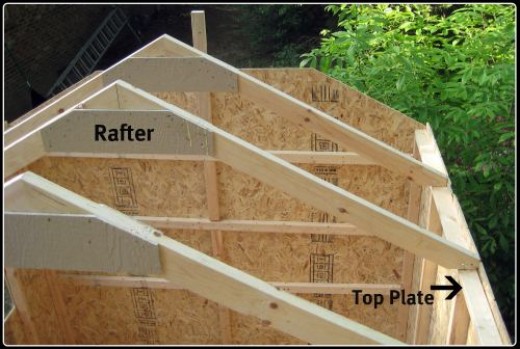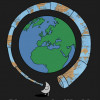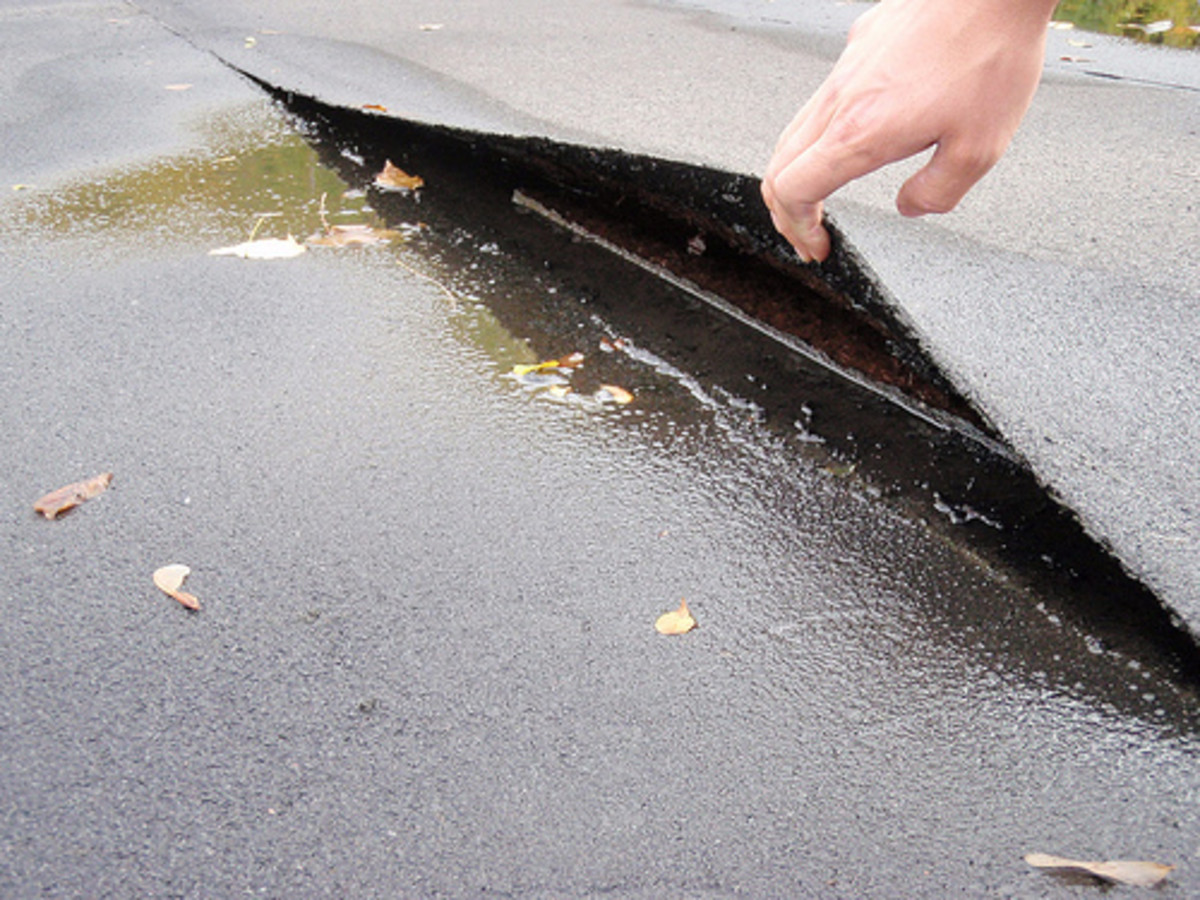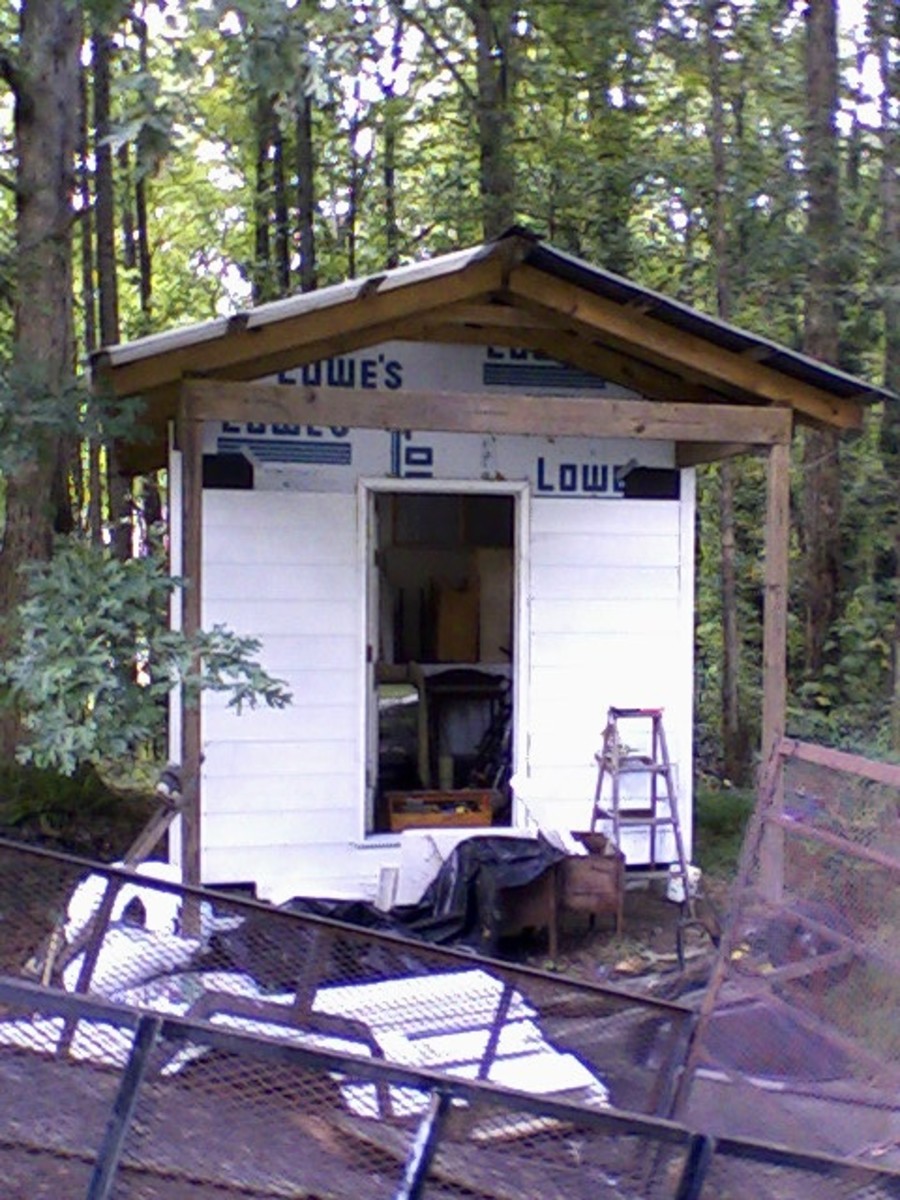How to Build Rafters
Rafters hold up the roof of a structure. They are the skeleton on which the roof sits. Well constructed rafters are essential to a strong roof. If rafters are poorly made, the roof can sag, lean or fall down.

How Rafters Work
Rafters distribute the weight of a roof across a wide area. This makes the roof sturdy and flexible. Common rafters rest on top of the walls of a structure, slope upward and meet at the top along a ridge board. There are many other types of rafters that connect other rafters and boards together, and provide additional support for the roof.
Different Types of Rafters
There are seven types of rafters found in roofs. They are not all required for every type of roof, but many complex roofs have most or all of these types of rafters. They are all cut in similar ways but positioned differently to create a strong rafter structure.
- Common rafters are the most common types of rafter. That's how they got their name. Common rafters extend from the exterior wall up to the ridge board and set the ridge board location.
- Valley rafters are positioned at a 45 degree angle to common rafters. They run from the inside corners of the roof to the ridge board.
- Hip rafters are positioned at a 45 degree angle to common rafters. They run from the outside corners of the roof to the ridge board.
- Flying hip rafters start where valley rafters meet ridge boards. The run up to a higher ridge board.
- Valley jack rafters are positioned from valley rafters to the ridge board. They line up with the common rafters.
- Hip jack rafters are positioned from the walls to the hip rafters. They line up with the common rafters.
- Cripple jack rafters connect flying hip rafters to valley rafters.
Tools and Supplies Needed to Build Rafters
You will need the following supplies to build rafters:
- Tape measure (should be very long)
- Saw (a power saw works best)
- Framing square
- Wood 2 by 4's (a lot of them and make them long)
- Pair of sawhorses
- Pencil
Determine the Length of the Rafter
The length of a rafter depends on the roof pitch. This is how steep the roof inclines and declines. A typical roof pitch is 6/12. This means there is 6 inches of rise for every 12 inches of width. It is common for roofs to other pitches like 1/5, 5/12 or 7/12, so consider what you want the roof to look like before you do any measuring. An angles roof is essentially a big triangle. You will therefore use the Pythagprean theorem to figure out the length of the rafters. Measure the width of the building from the outside of one exterior wall to the outside of the opposite exterior wall. Divide the building width in half and multiply that figure by itself. Next, calculate the height of the roof by Dividing the building width by 4. Multiply that figure by itself. Add the two numbers together and take its square root. This is the approximate length of the rafter. If you are using a different roof pitch, adjust your calculations accordingly. This calculates the length of a common rafter. All roof rafters are based on the common rafter measurements. If you are determining the length of a different type of rafter, merely measure the distance between the points where it belongs once you have the common rafters in place.
Mark the Plumb Cut of the Rafter
Place a long 2 by 4 on a pair of saw horses. For a 6/12 roof pitch, place a framing square at the 6 inch mark on the the outside edge of the 2 by 4 and the 12 inch mark on the outside edge at the bottom of the framing square. Be sure to use either the inside numbers or the outside numbers on the framing square. Do not use one of each. Mark the plumb cut at the top of the 2 by 4 with a pencil. This will be the part of the rafter that meets the ridge board at the top. A plumb cut is required for any rafter that meets the ridge board, a hip rafter or a valley rafter.
Mark the Heel Cut of the Rafter
Move the framing square down the 2 by 4 until you reach the length you calculated your rafter should measure. Place the framing square in an identical way at the bottom of the rafter and mark. This is where the heel cut will be at the bottom of the rafter.
Mark the Birdsmouth of the Rafter
A birdsmouth is a notch in the rafter that sits on the edge of the building. This makes the roof sturdier. They are only used for common rafters that lie on the exterior walls of the building. They are not necessary for other types of rafters. To find the position of the birdsmouth, measure from the top of the mark for the plumb cut down the top of the 2 by 4 for exactly the rafter measurement and mark. Place the framing square in the same way at that mark. Measure the width of the wall and factor that into the length of the cut. What is left over is the birdsmouth notch.
Factor In the Ridge Board Width of the Rafter
Any rafter that meets a ridge board must be trimmed to compensate for its width. Measure the width of the ridge board and divide that figure by 2. Deduct that from the plumb cut at the top of each rafter. Make sure that this new line is parallel to the old line. Also, do not confuse the two lines when it is time to cut.
Cut the Rafter
Measure the rafter again to make sure that you did not make any mistakes. Once you are sure that your measurements are correct, cut the rafter along the lines you have drawn. Take care to make the cuts straight and true. This first rafter that you cut will be the pattern rafter. You can base all the other rafters you need on this one. Place the pattern rafter on top of other 2 by 4s and use a pencil to mark the cuts. This way they will all be identical.
© 2015 Discover the World






![These Companies Will Send You Free Stickers [#10] These Companies Will Send You Free Stickers [#10]](https://images.saymedia-content.com/.image/t_share/MTczOTg4MDU2Nzg3ODU0NjQz/stickers-for-free.png)